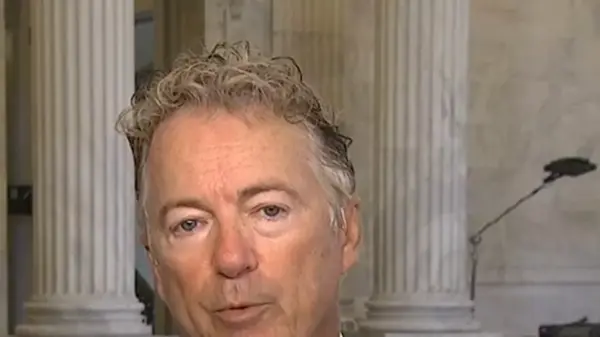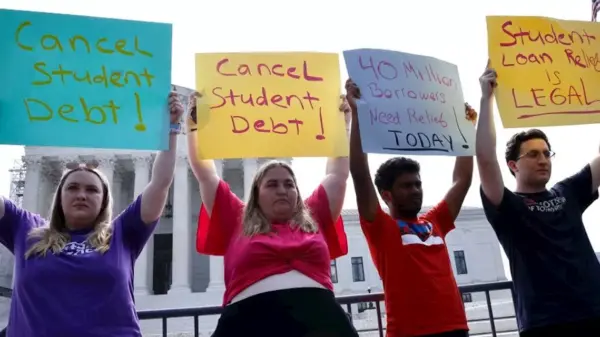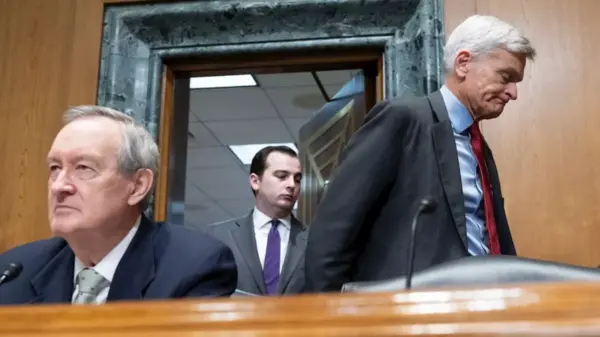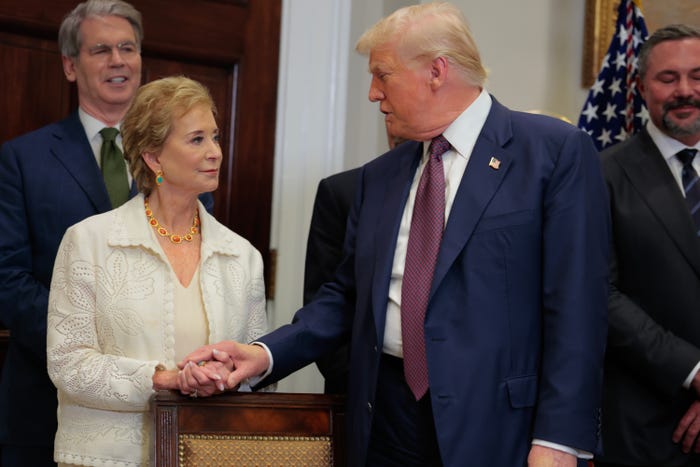The Trump administration is intensifying efforts to dismantle the Department of Education by transferring key programs to other federal agencies. On September 26, 2023, the department announced agreements with multiple agencies, marking a significant move toward fulfilling President Donald Trump’s vision to eliminate the federal education agency.
In a notable partnership, the Department of Labor will assume responsibility for elementary and secondary education programs, as well as institution-level higher education grants. Additionally, the Department of the Interior will take over Indian education programs. Other collaborations include the Department of Health and Human Services overseeing childcare programs, and the State Department managing international education initiatives.
A senior official from the Department of Education stated during a press call that oversight for these programs will remain within the department. Employees currently working on the affected programs have the option to transfer to the partnering agency to continue their roles.
These actions align with Trump’s earlier directives, including an executive order signed in March 2023, tasking Education Secretary Linda McMahon with the goal of eliminating the department. McMahon has expressed her ambition to be the last education secretary, emphasizing a shift of responsibilities to allow states greater control over their educational systems. Despite this intent, she has acknowledged that the closure of the agency requires congressional approval.
Previous Republican administrations have advocated for the elimination of the Department of Education, yet the idea has not gained the necessary support from Congress. Currently, some Republican lawmakers, including Senator Bill Cassidy, chair of the Senate education committee, are backing proposals to dismantle the agency.
The Department of Education has already begun the process of outsourcing its functions. In September 2023, it announced the transfer of career, technical, and adult education grants to the Department of Labor, which will act as a “centralized hub” for federal workforce programs under the department’s oversight.
During a discussion hosted by The Federalist Society, McMahon stated, “What we’re trying to do is to show how we can move different parts of the Department of Education to show that they can be more efficiently operating in other agencies.” The administration has suggested that the student-loan portfolio may also be relocated, although specific plans for this transition have yet to be revealed.
The administration’s push to dismantle the Department of Education has not only focused on program transfers but also on workforce reduction. In July 2023, the Supreme Court permitted the department to proceed with plans to terminate over 1,300 employees as part of its restructuring efforts.
In a recent opinion piece, McMahon argued that the government shutdown in early September highlighted the unnecessary nature of the federal education bureaucracy. She noted, “The 43-day shutdown, which came smack in the middle of the fall semester, showed every family how unnecessary the federal education bureaucracy is to their children’s education.”
Despite these assertions, education policy experts and teachers have expressed concerns regarding the potential consequences of weakening a centralized education agency. Heather Stambaugh, a high school social studies teacher, previously commented, “It feels a bit like we’re being thrown into a chaos loop,” warning that reducing the agency’s power could jeopardize funding and stability in educational programs.
As the Trump administration moves forward with its agenda, the future of education in the United States remains uncertain. The implications of dismantling the Department of Education will likely continue to be a contentious issue among lawmakers, educators, and families across the country.





































































